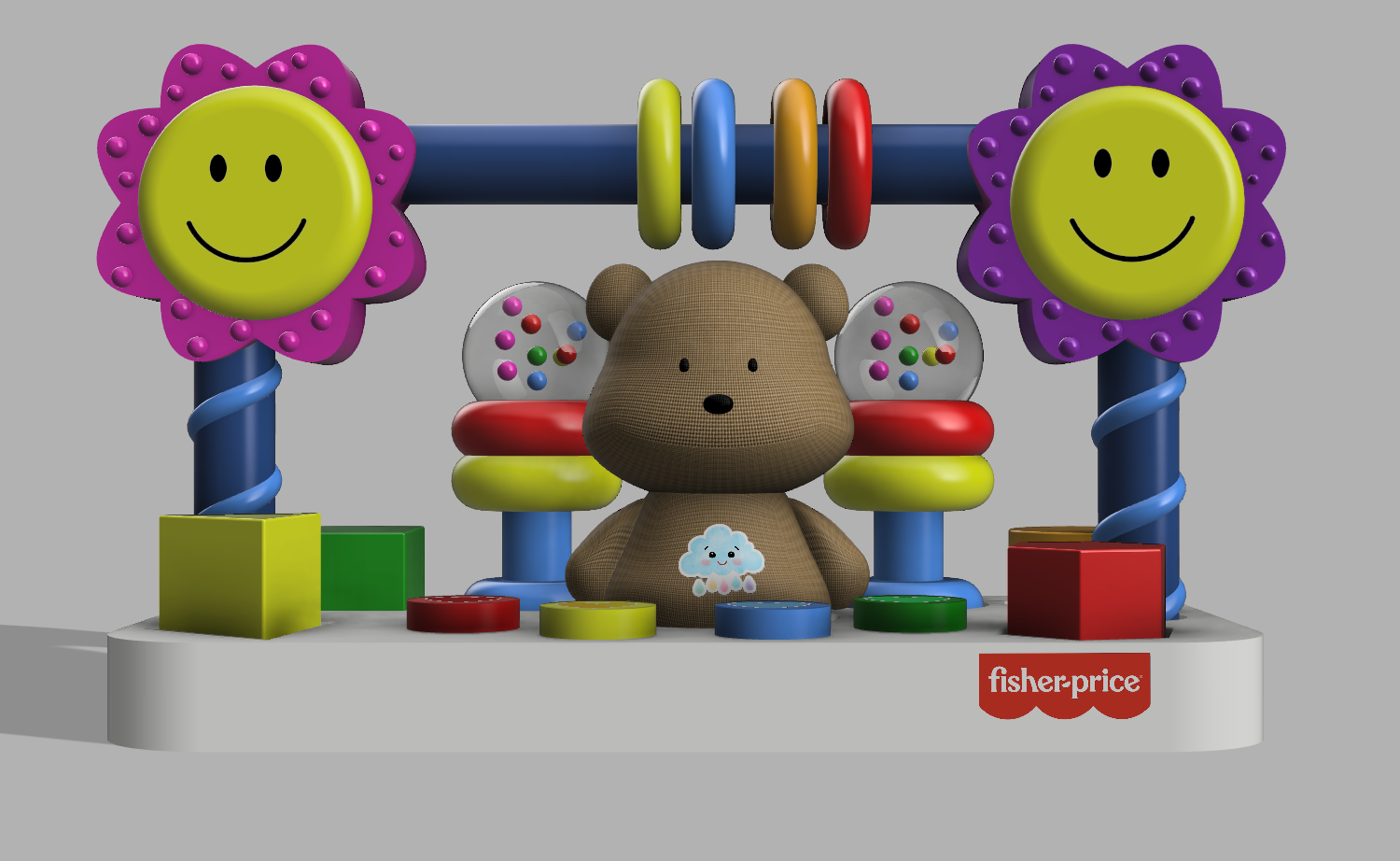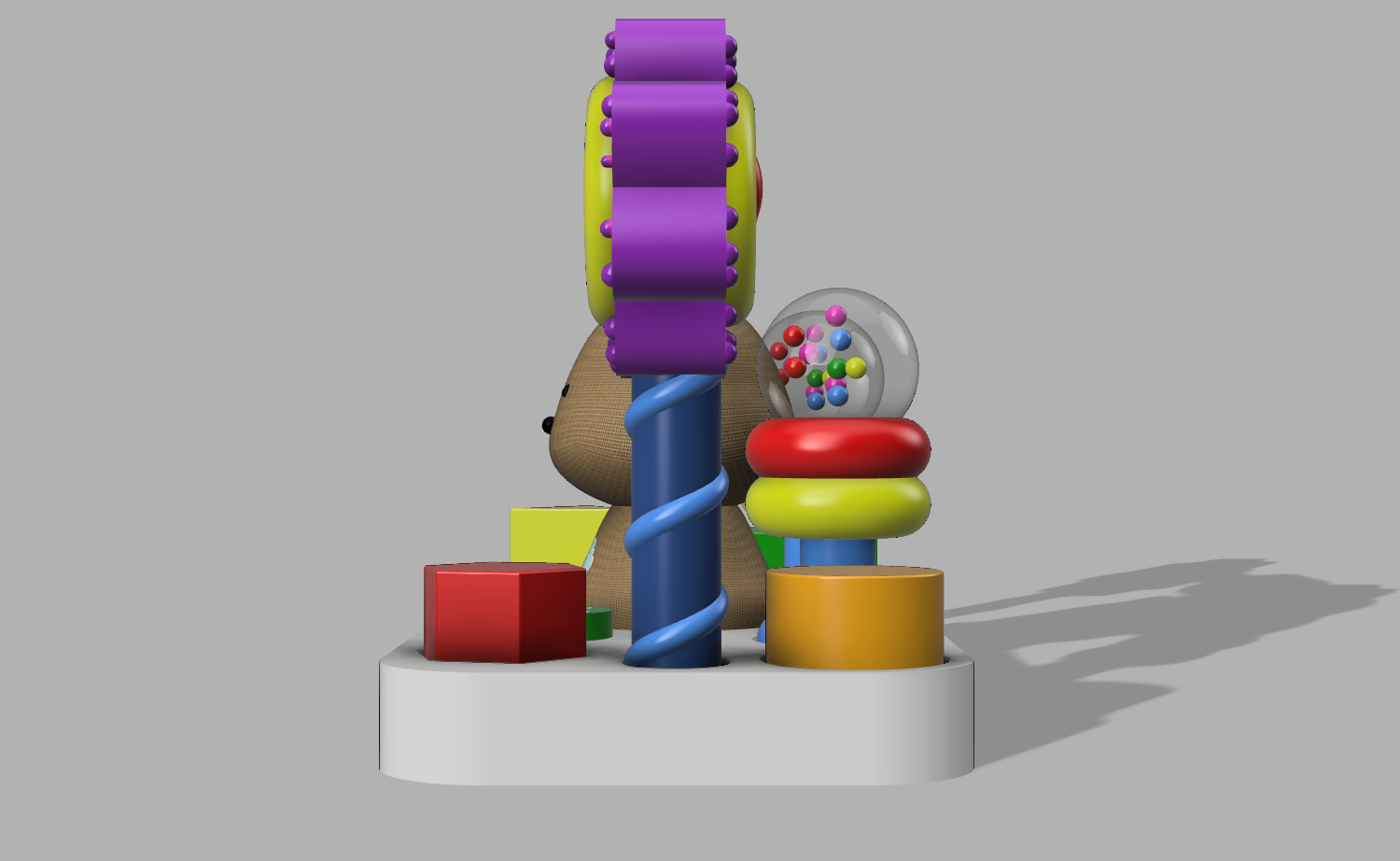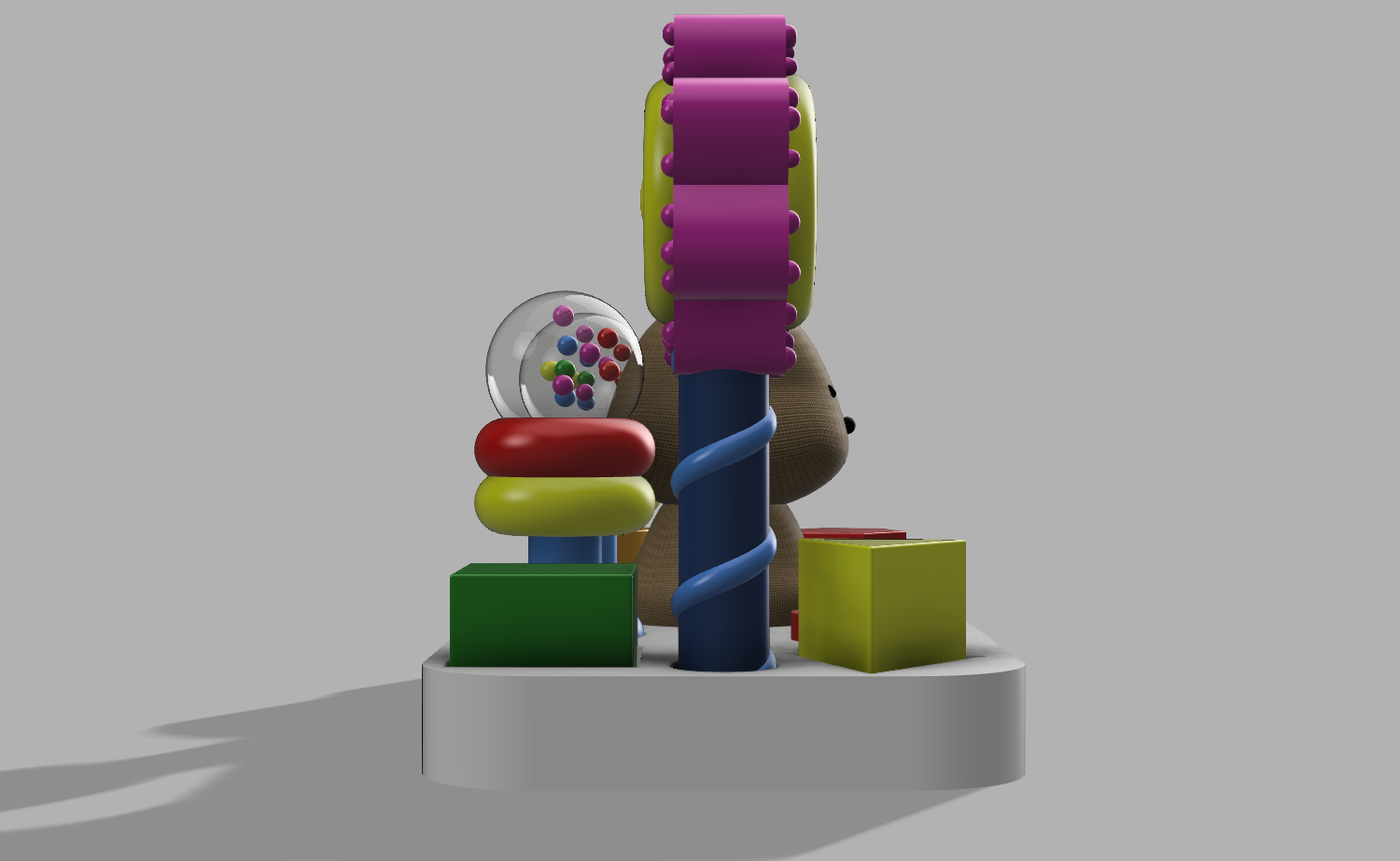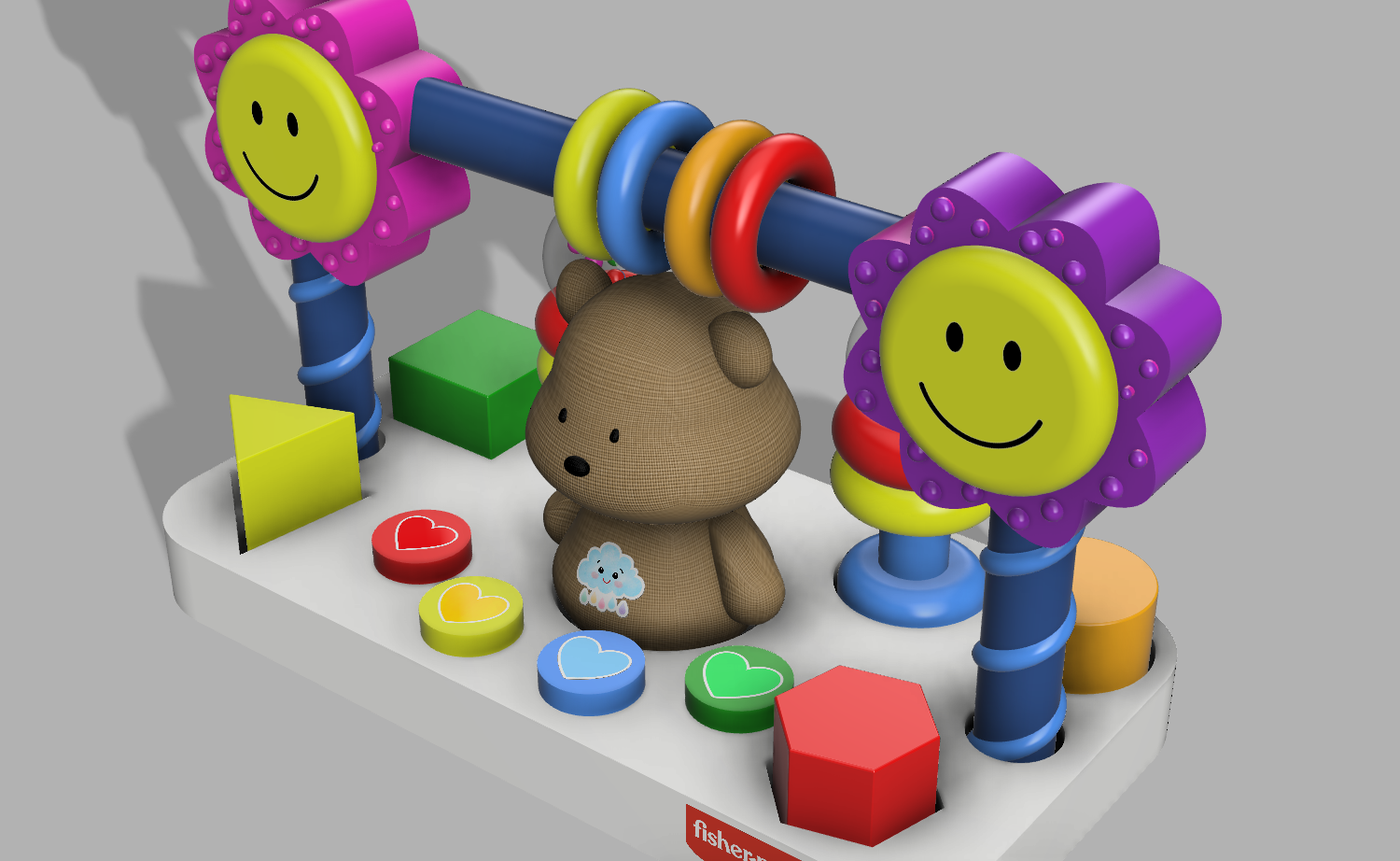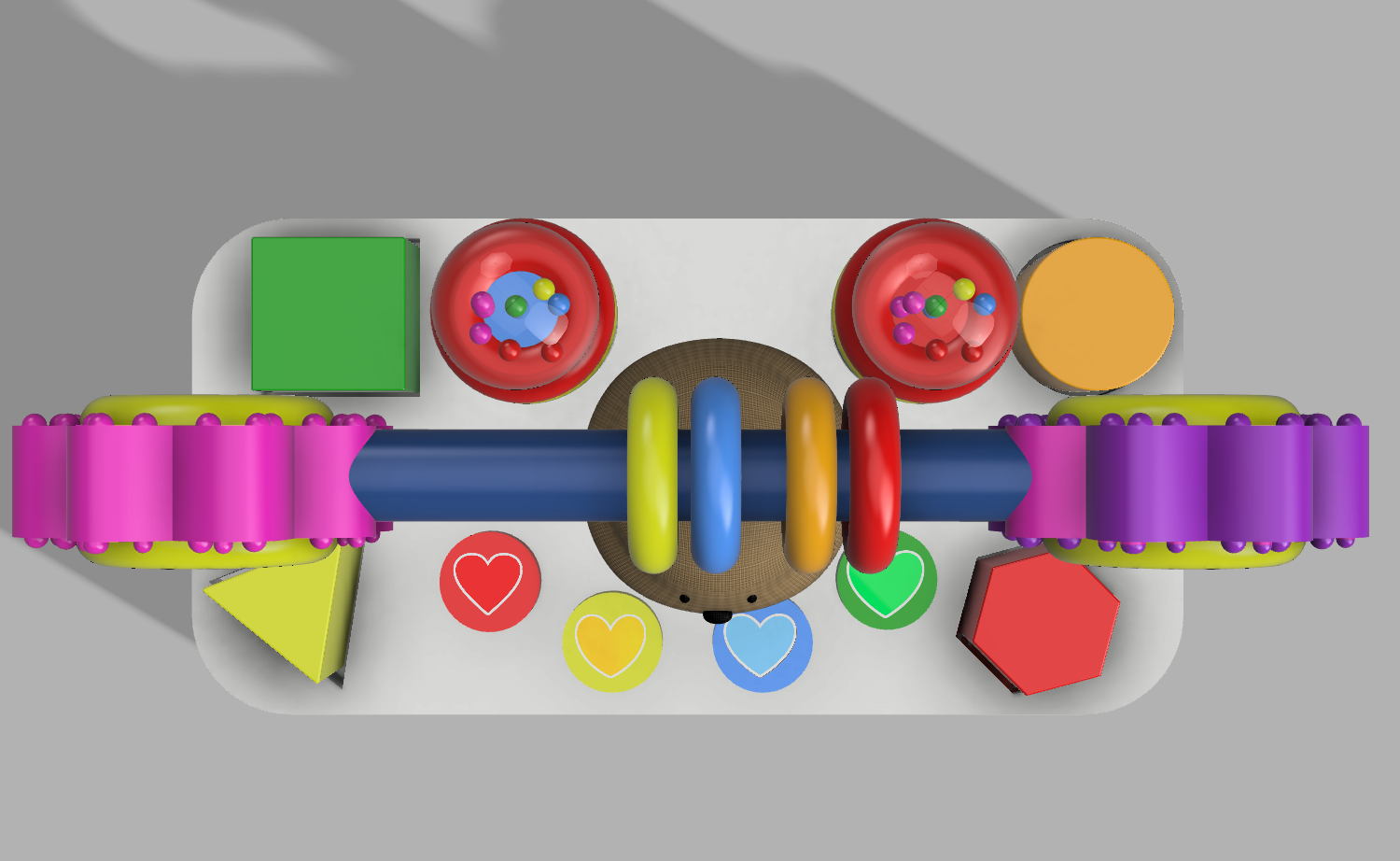When we think of a toy, we can imagine thousands of them, but when we say Fisher-Price, we know it’s a toy for children.
It is well known that one of the most successful brands in the world of children’s toys is Fisher-Price.
For the Final Test in Product Design, the objective was to create a fictitious case for the students to develop a toy for this brand.
As part of the evaluation, a group of professionals from different disciplines were invited to act as representatives of Mattel, so the students had to present their designs to them.
The members were:
Sofia Rodríguez Sesma, BA (Industrial Designer with a specialization in Advertising)
Vania Daniela Estrada Argote, BA (Graphic Designer with a specialization in Digital Marketing)
Alfredo García Sánchez, Eng (Textile Design Engineer and Director of the International Fashion Design and Trends program)
After all presentations, the jury selected a winning product, aiming to simulate a real-life case in the professional field.
Student Diana Paola from Fashion Design impressed the entire class with her design.
OBJECTIVE OF THE PROJECT
A fictitious case was proposed where the company Mattel needed a new toy for its Fisher-Price brand, which would be the main product for sale in 2024.
PRODUCT SPECIFICATIONS
Based on the presented case, students had the freedom to create a toy of their choice. They only needed to respect and take into account the following characteristics for their design:
- Dimensions must range from a maximum of 10 x 20 x 10 inches to a minimum of 5 x 10 x 5 inches. *If the design is square or spherical, the maximum allowed is 20 inches and the minimum is 10 inches for the final piece.
- The material of the product must be specified, which may include more than one type of material.
- Include a “Shape-O” component, with figures measuring a minimum of 3 x 3 x 3 inches.
- Include a built-in rattle.
- One part must have a sensory toy feature.
- Include at least 1 element that can be pressed.
- Include an element that can rotate or spin.
- Must be assembleable, with a minimum of 2 pieces excluding the small “Shape-O” section.
- Colors in the product are free.
- The shape of the product is free.
PRODUCT DESIGN PROCESS
With clear objectives and characteristics in mind, students followed all required design methodologies to deliver their final products.
From integrating features into their designs to sketching concepts, they used Autodesk Fusion 360 software to model their ideas.
This software, combined with classroom teachings, enabled them to create a 3D representation of their Fisher-Price toy product design.
STUDENT’S WORK
Below is the process and outcome of the student selected for having the best product by the invited members:
SKETCHES
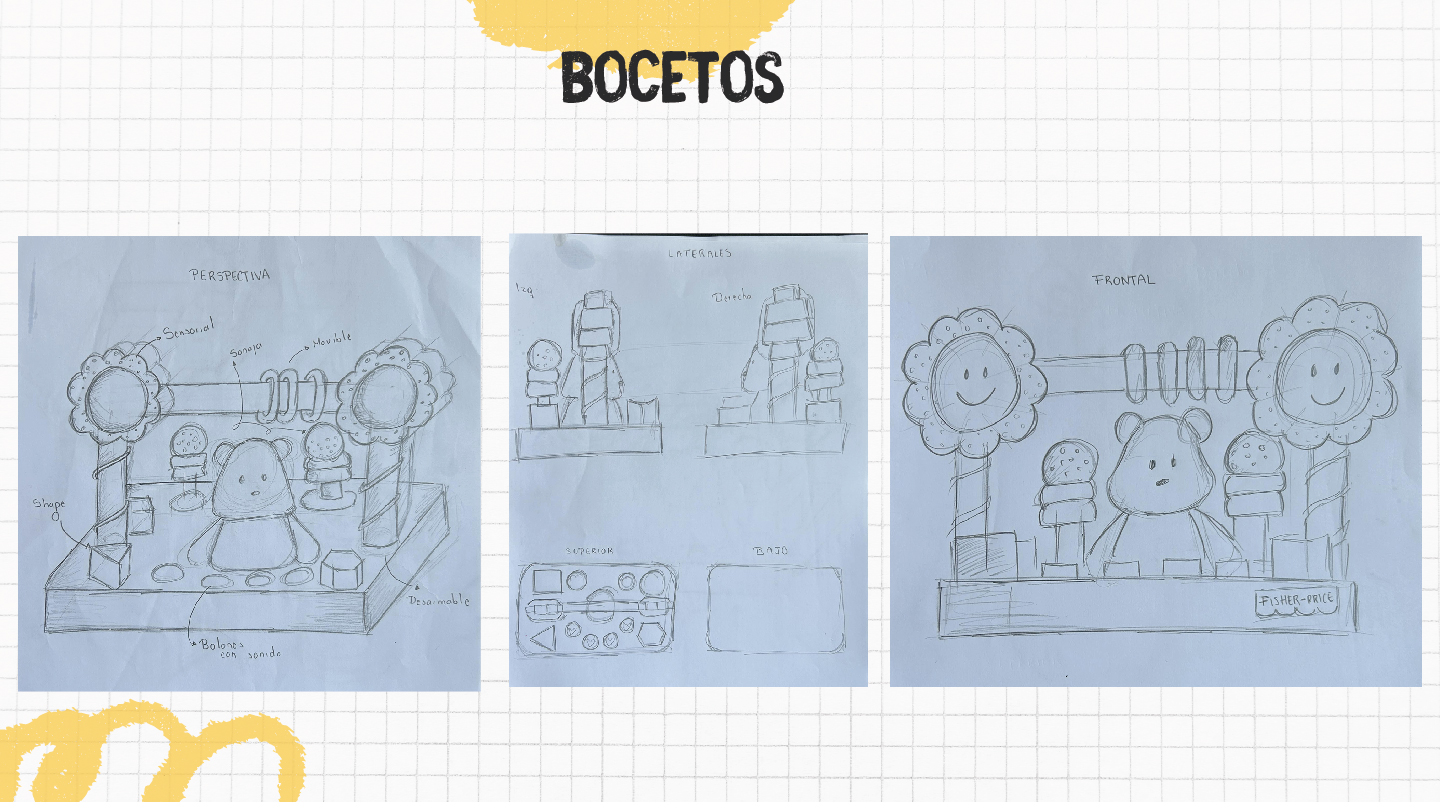
TECHNICAL DRAWINGS OF THE PRODUCT
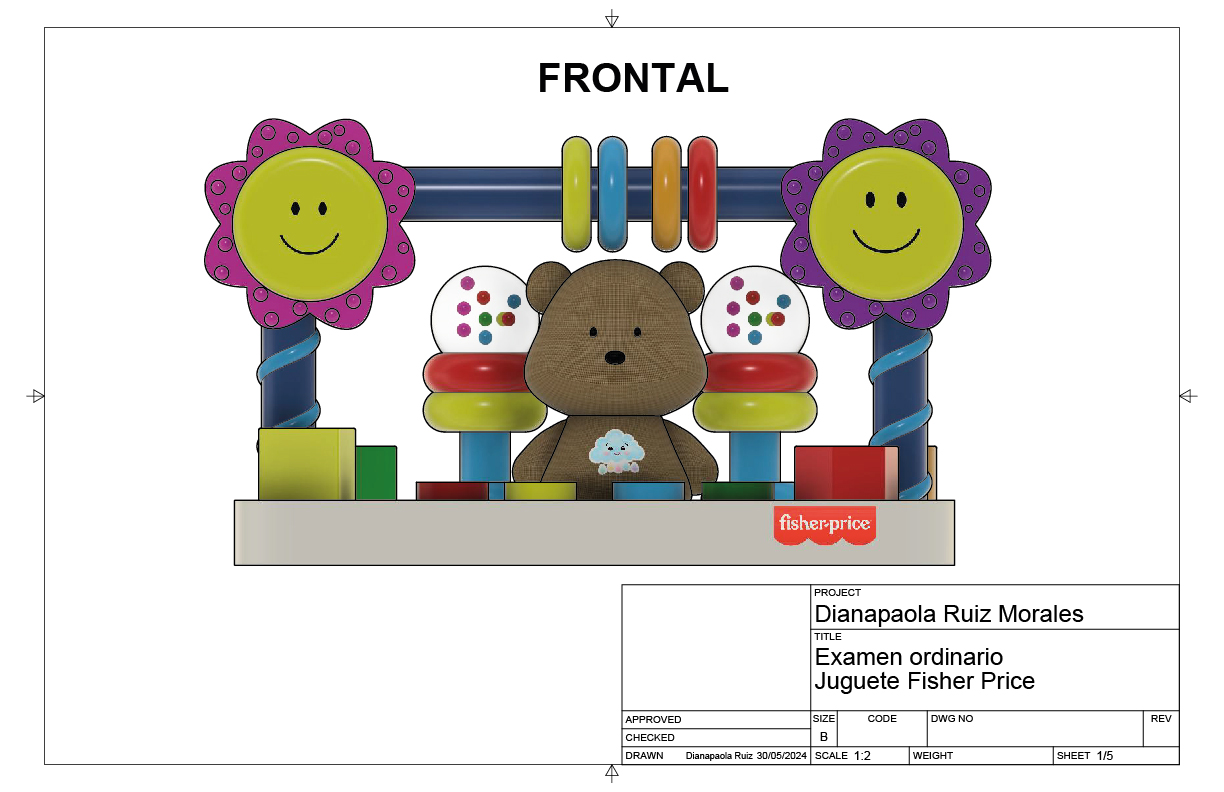
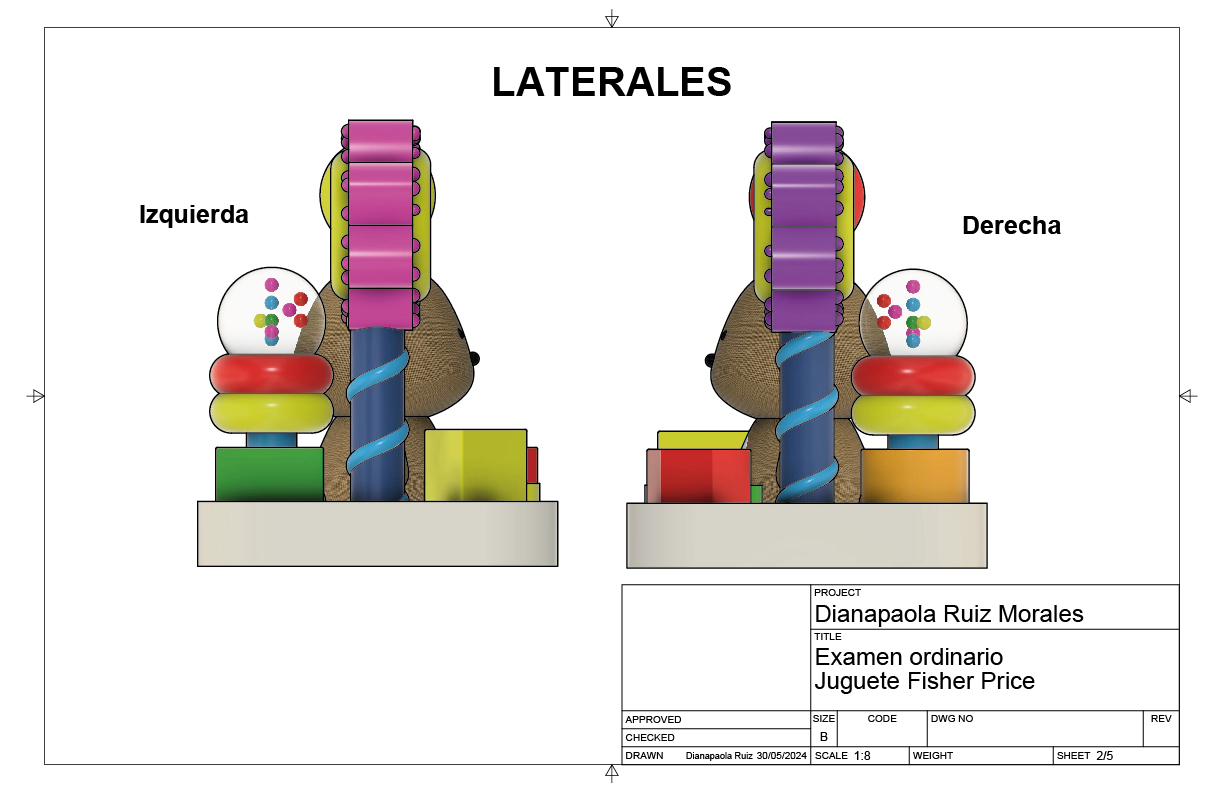
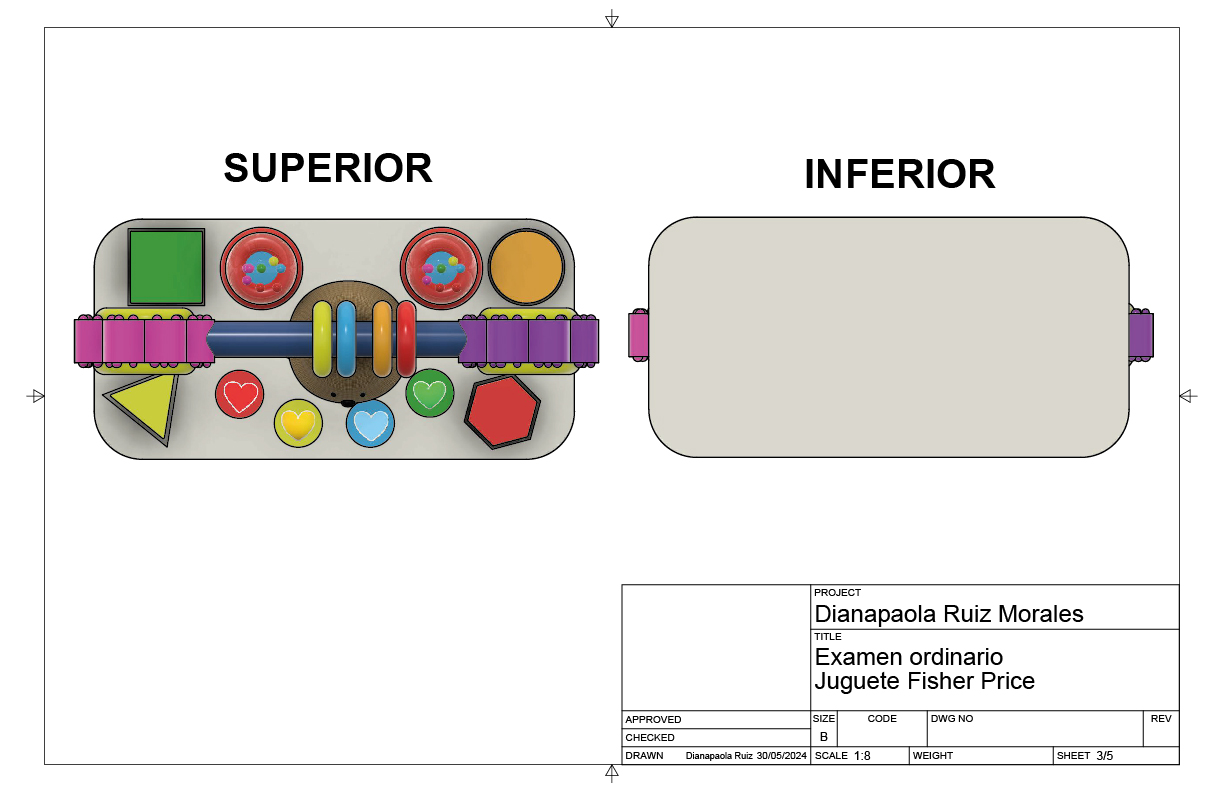
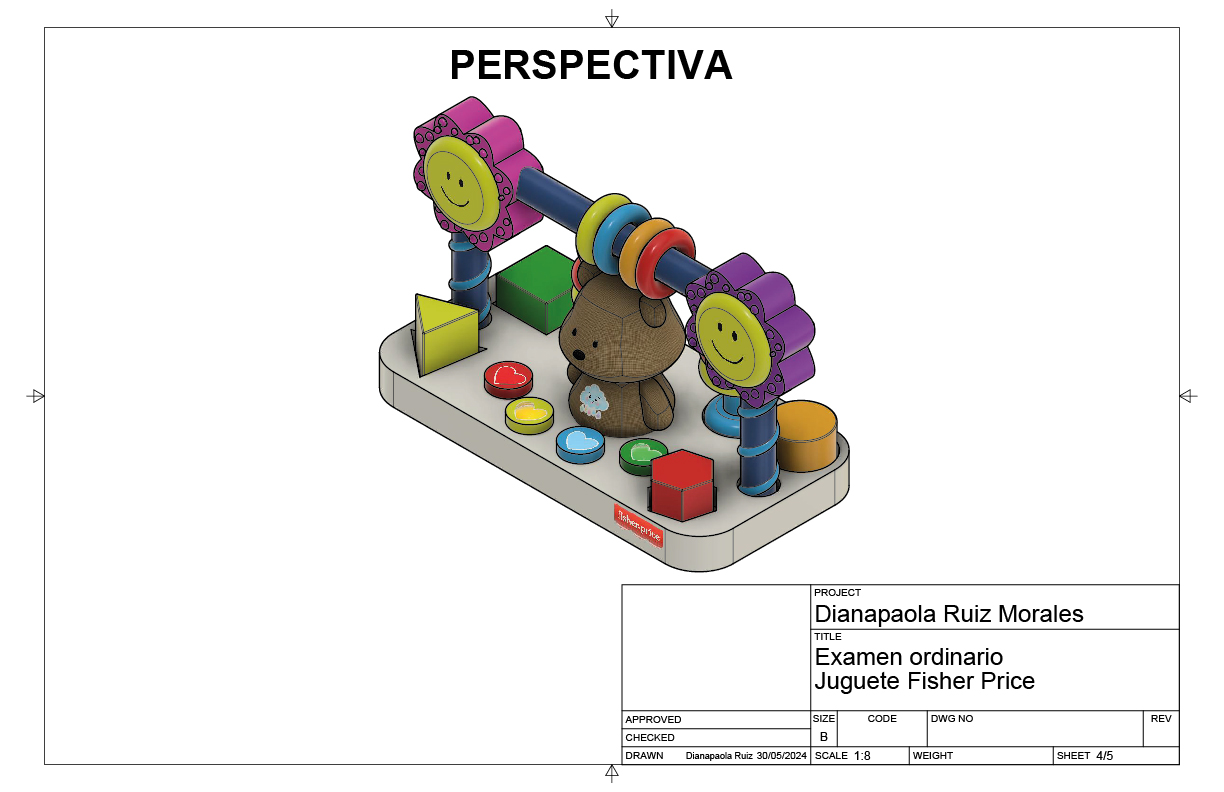
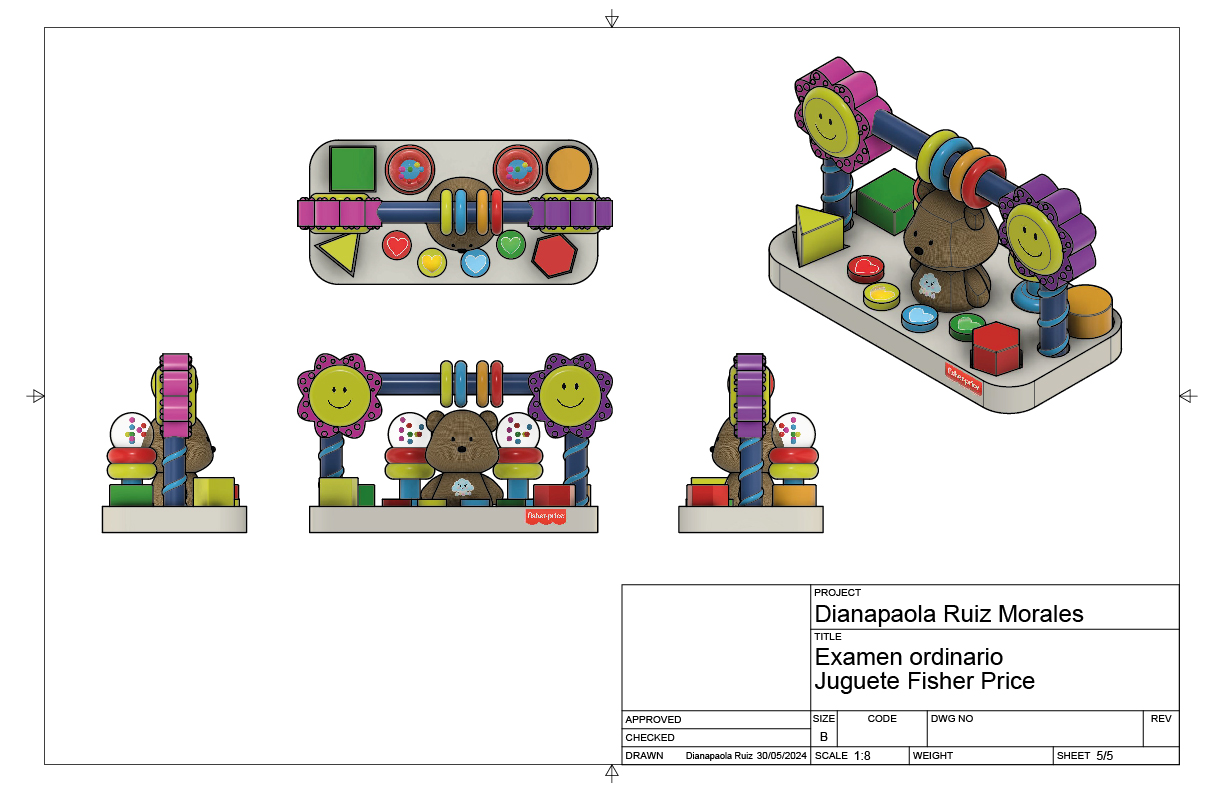
PRODUCT RENDERS
VIDEO
Source: Student´s work
Bachelor’s Degree in Industrial Design
More news about Industrial Design…


